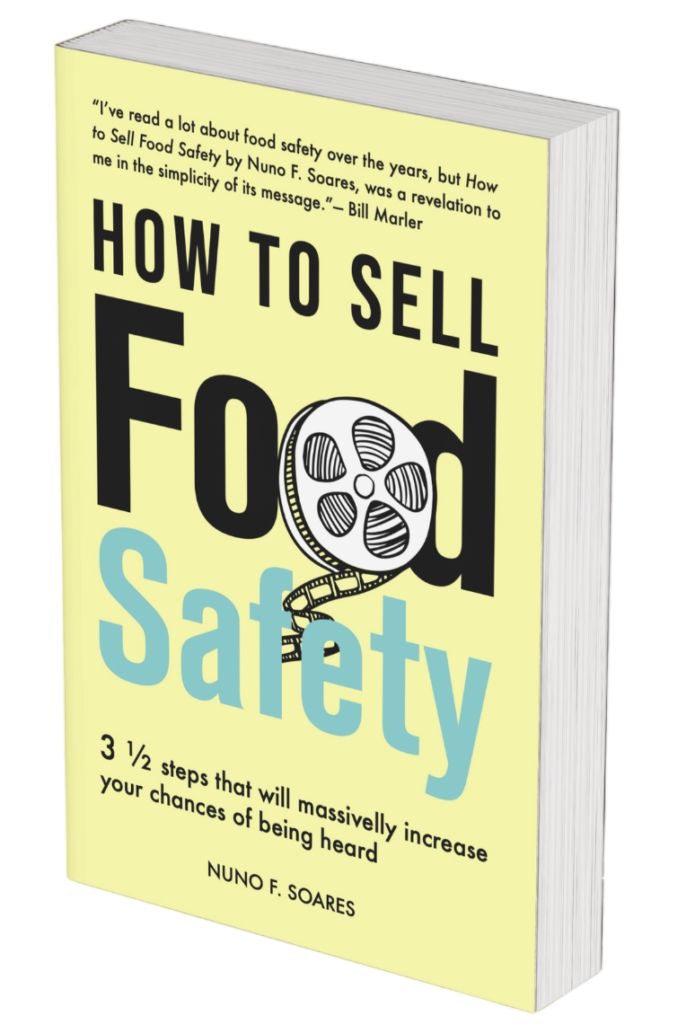
The General Principles of Food Hygiene is an unavoidable document for food organizations and food safety professionals who work daily in providing safe food to consumers. The new revision keeps the document updated with current concerns such as allergen management and the relevance of Food Safety Culture in a more clear structure.



 achievement under operation conditions.
achievement under operation conditions.




